The NFL is in the midst of another defensive evolution, and it’s going to follow the tried-and-tested way football usually changes: it's going to move very slowly and then all of a sudden everyone will be doing the same thing.
We saw precisely that in the early 2010s when the explosion of Pete Carroll’s single-high defense took over the league. If you win games, especially on defense, people will want to copy you. And not only did Seattle's defense win games, but it also helped neutralize the NFL's offenses. It allowed them to bully outside receivers and control the game.
The Carroll tree was subsequently stripped and exported throughout the league, and we ended up with a whole NFL that wanted to play single-high-safety defenses.
But these defensive answers can never last. Offenses eventually figure them out, and the defense must get out of its way and find new answers. Of course, getting out of your own way is probably the most challenging part; coaches probably always feel like they can fix problems with better execution when the problems often need to be solved at the structural level.
At a time with all the single-high defenses that spun a safety down in the box, running lanes became clogged. At the same time, the NFL started to feel the trickle-up effect of better quarterback play across all levels of the game. Quarterbacks were training better and getting more reps as youngsters, which led to them coming into the league with so much more passing experience than any generation before. The NFL became a passing league.
A single-high safety coverage is always going to give a team answers against the run — they have the advantage of an extra player in the box. You can still select more than capable pass defenses — such as Cover 1, Cover 3 spot-drop or Cover 3 match — but those coverages often need special players on the outside, which is precisely what Pete Carroll happened to have.
Without the kind of All-Pro defenders the Seattle Seahawks used to deploy, two-high coverages — especially quarters-type coverages — are probably best when it comes to defending the pass in today's NFL.
As noted, fixing your problems with an entirely new structure is hard work — it takes thinking outside the box. And yet, 2020 was the first year we saw real change, and 2021 could be the year that everyone decides they’ve had enough of the single-high world.
PFF has charted the defensive looks on every play of every game since 2014, and the 2020 season was the first time defenses lined up in a pre-snap middle-of-the-field-closed look on less than 50% of first- and second-down snaps.
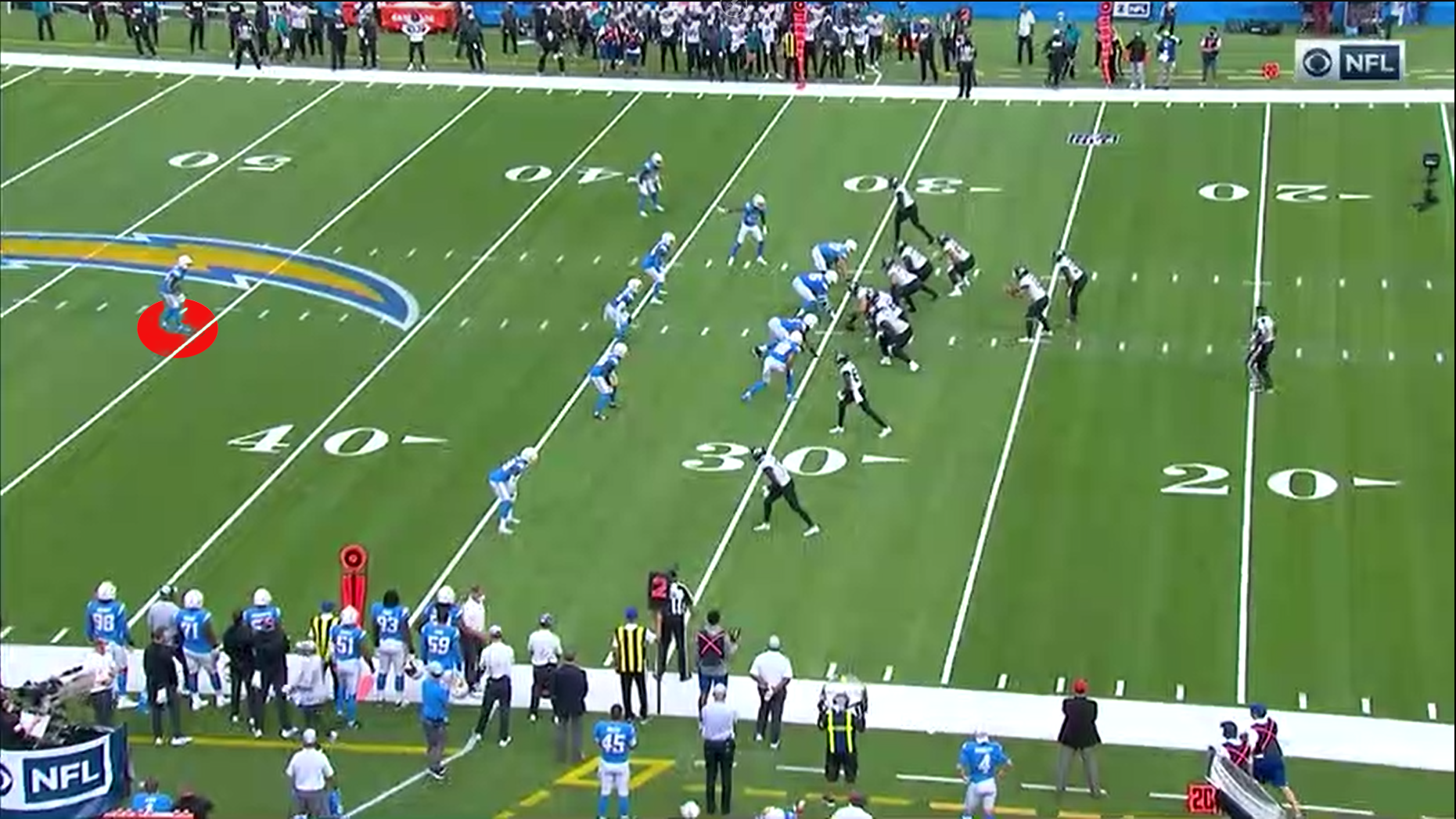
As opposed to a pre-snap open look:
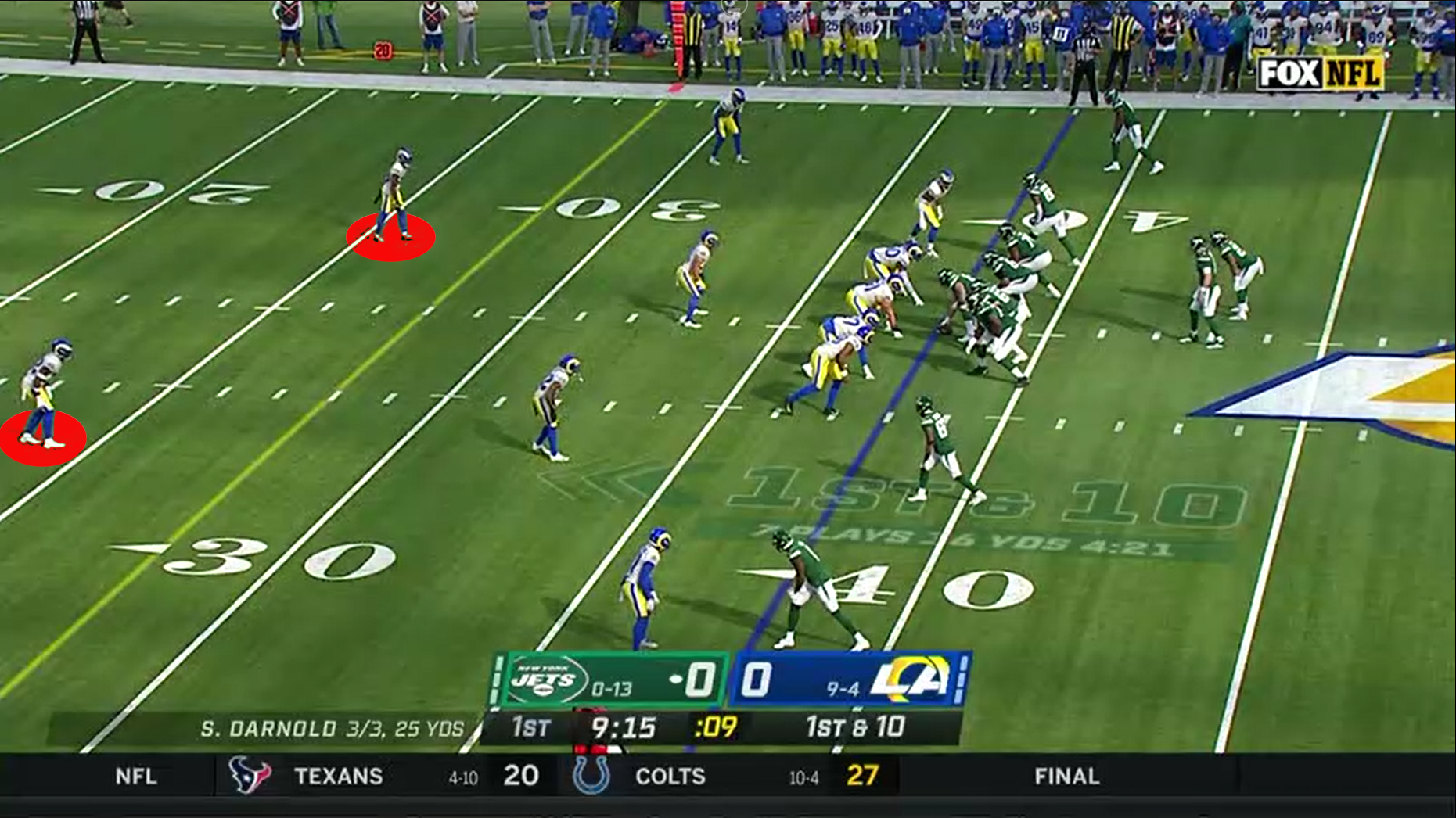
In all, 48.6% of all early-down snaps were played with that middle-of-the-field closed look, down from 53.9% in 2018 and 57.6% in 2019. And the important thing to know about these numbers is who is pulling the average down under 50%.
The Los Angeles Rams led the NFL in expected points added (EPA) allowed per play this regular season and played the fewest early-down pre-snap closed looks — only 11% of their early-down snaps were in a pre-snap closed look. For reference, the 2015 Seahawks did this 75% of the time.
Of course, some teams played a low percentage of snaps in this look before the 2020 Rams came along, but the schemes that spread throughout the league are the ones that dominate statistically. That’s what the Rams did in 2020 with new defensive coordinator Brandon Staley, who landed a head-coaching job with the Los Angeles Chargers after just one year of coordinator experience.
Staley previously coached under Vic Fangio in Denver and Chicago. And for what it’s worth, Fangio’s 2020 Broncos recorded the second-lowest pre-snap middle-of-the-field-closed rate in the league. Back in Chicago, the Bears hired Sean Desai as defensive coordinator this offseason, and Desai has worked with both Fangio and Staley.
The scheme spreads via coaching personnel and tape. Entrenched defensive coordinators will also look at what Staley and Fangio have done over the last few years and pick up on some strategies.
The purely single-high teams were at risk of getting run out of the building as offenses found better ways to manipulate their defense. Last offseason, I wrote about how deep crossing routes manipulated these one-high structures and concluded with the following:
“With more teams going to the Shanahan-style wide-zone offense, we could see the popularity of these routes skyrocket in the coming years until the inevitable shift to a quarters (two-high) landscape will cause another change in the offense-versus-defense dynamic.“
If the shift does end up being to quarters, we will see offenses respond with different routes. In 2020, we saw teams target different routes based on whether the defense ended up in a post-snap closed or open coverage. We saw the percentage of targeted deep crossing routes double when going from two-high to single-high — offenses targeted these routes around 3% of the time against two-high and 6% of the time against single-high. Over-routes are the 14th-most targeted route against two-high and the sixth-most targeted route against one-high.
Offenses will still want to attack the space outside the seam in the 18-22 yard range, but we could see those targeted routes start from the same side of the field rather than coming across the formation. Concepts that involve a deep vertical route from an outside receiver and an intermediate out-route from the slot are common versus quarters coverages because the combination puts the safety and cornerback to that side in a bind about who is going to pick up which route.
Quarters could be an answer. After all, we saw the Tampa Bay Buccaneers eliminate the potent Kansas City Chiefs offense by playing quarters variants in Super Bowl 55. Last season, we also saw the highest number of quarters-coverage snaps against passing plays since we began charting in 2014. So, it’s an excellent place to start.
The other answer is staying in a two-high look long enough and then spinning a safety down after the snap as a robber but still playing either Cover 1 or Cover 3. These types of coverages give the defense layers.
If a defense plays Cover 1 and rushes only four players, there will be a free “rat” player looking to eliminate difficult routes. If the team is already aligned in a pre-snap closed look, that player will almost certainly be a second-level linebacker. This role has no problems picking up and “robbing” underneath routes, but there is no answer against deeper routes:
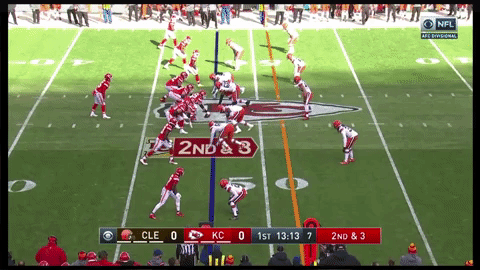
The Mike linebacker, No. 44, is just standing there while Tyreek Hill runs by him.
NFL defenses showed two-high and then spun down to single-high at the second-highest rate we have ever charted on early downs last season, at just under 13% of the time — two percentage points higher than in 2019.
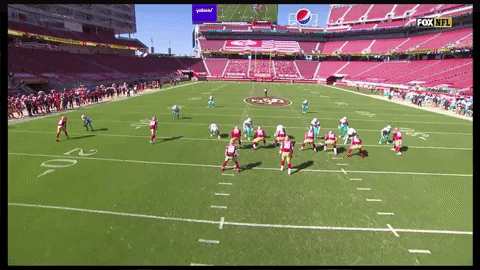
Here, we can see how the safety dropping down to become a robber player spooks Jimmy Garoppolo on the crossing route, which forces him to throw late and blind for an interception. Layers.
In the copycat league that is the NFL, we can easily see an explosion of these styles of defense because of the success of the Fangios and Staleys of the world. This could be the first year of many in succession that the league falls under 50% of early-down pre-snap closed-look defenses. It’s going to force offenses to adapt, and the cycle will continue.
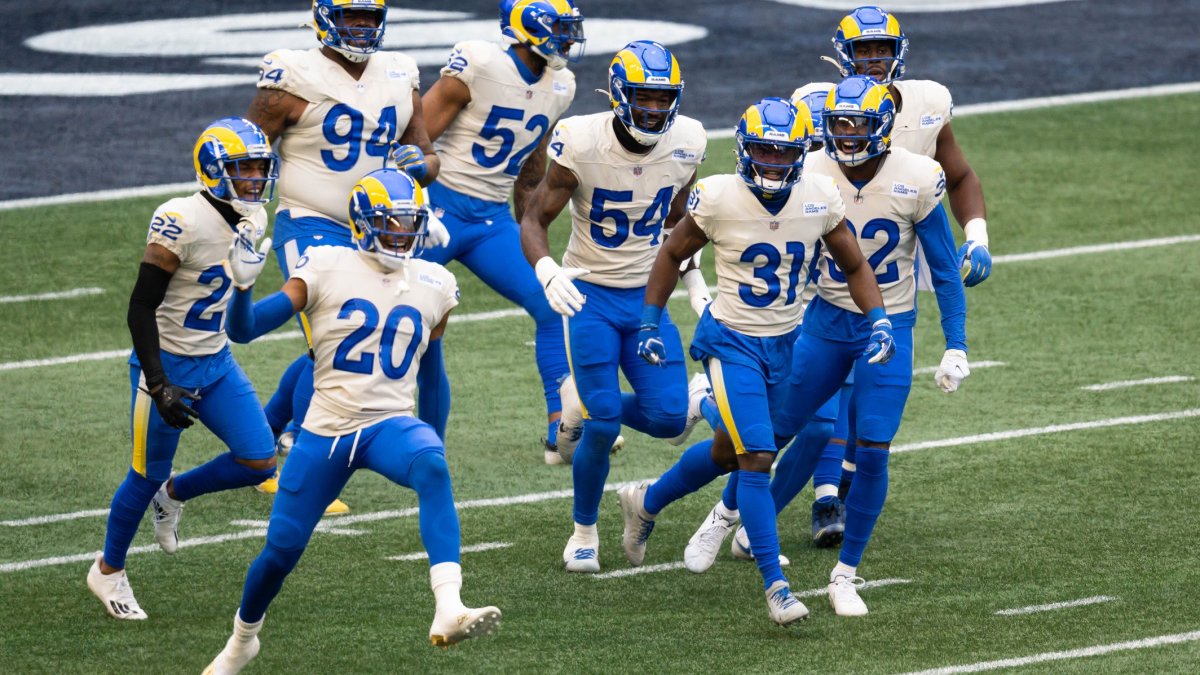


 © 2024 PFF - all rights reserved.
© 2024 PFF - all rights reserved.